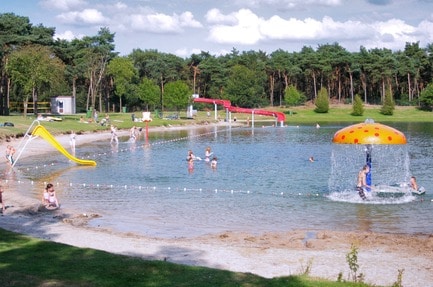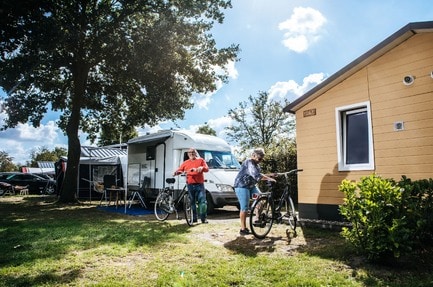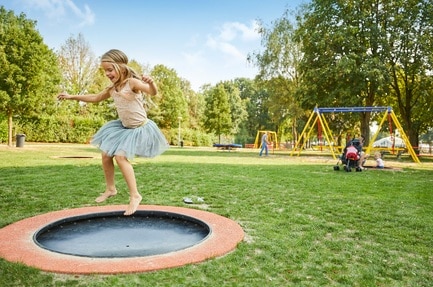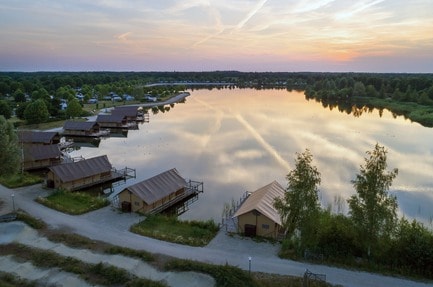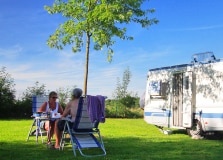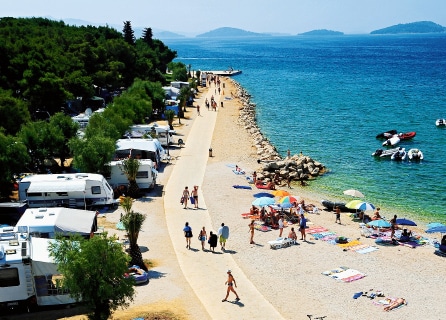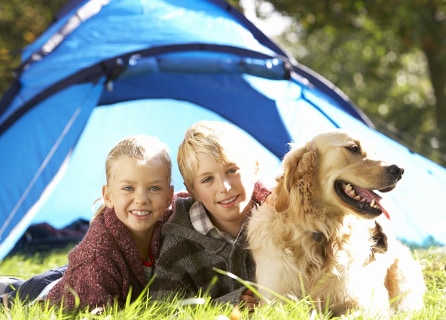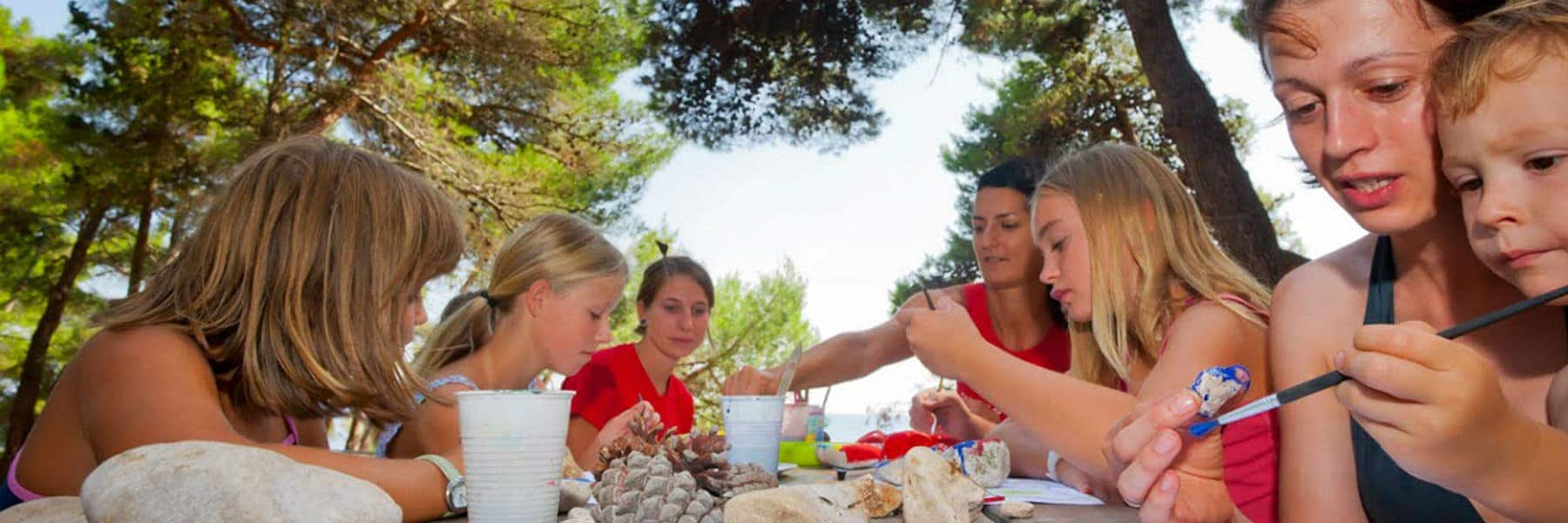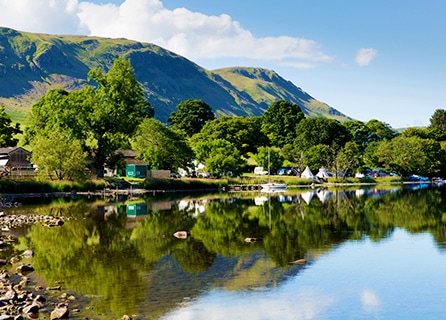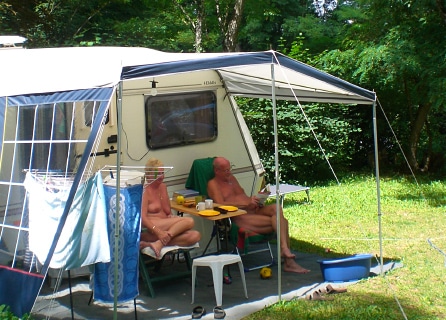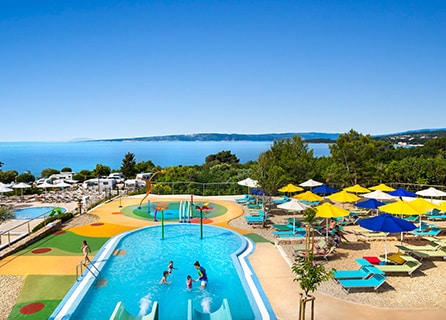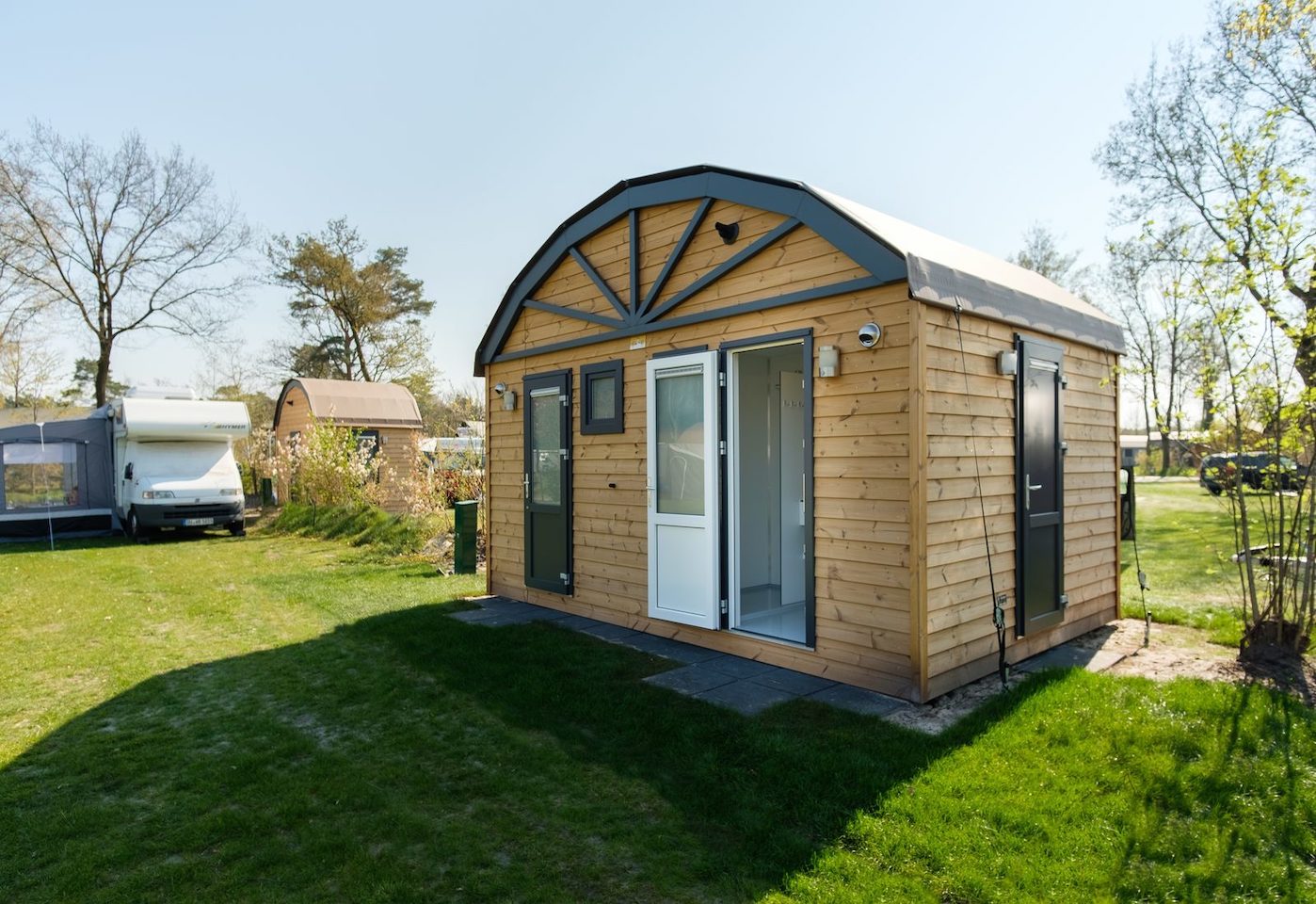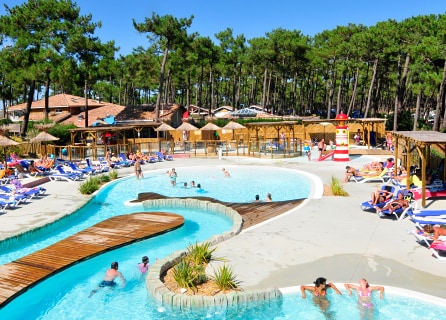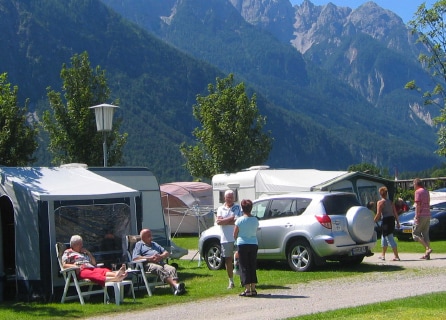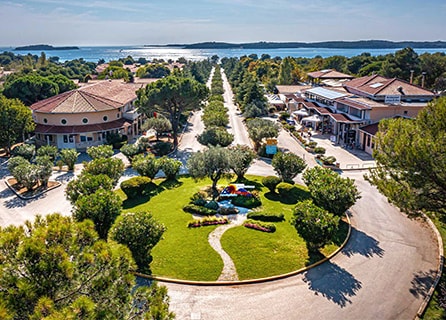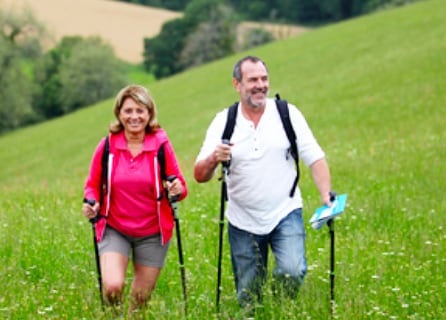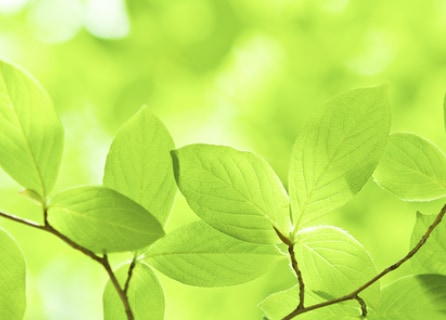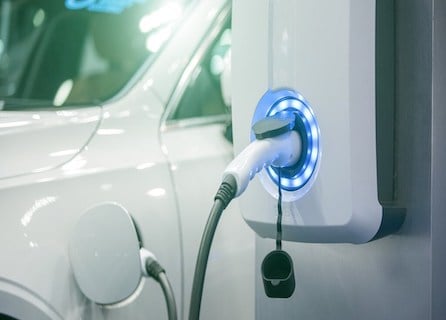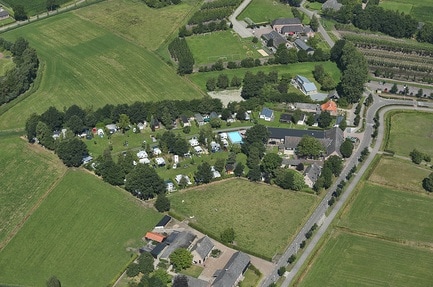
Find your campsite
Search on map
Popular destinations Netherlands
Popular campsites: Netherlands
Recreatiepark De Leistert
Netherlands - Limburg - Roggel
The amusement park De Leistert, located in Roggel in Central Limburg, is fully equipped to include all comforts. In this holiday park, you can camp...
Camping De Schatberg
Netherlands - Limburg - Sevenum
Camping De Schatberg lies in a beautiful part of North Limburg, not far from De Groote Peel. This water rich area is known for its...
Camping Recreatiepark TerSpegelt
Netherlands - North Brabant - Eersel
Right in the middle of the Brabant countryside, next to no less than three large recreational lakes, lies TerSpegelt, a complete recreation park with entertainment...
Recreatiepark De Paalberg
Netherlands - Gelderland - Ermelo
Recreatiepark De Paalberg is in the north-west of Veluwe, close to Ermelo. It is one of the first campsites in the Netherlands. Already in 1915...
Recreatiepark De Boshoek
Netherlands - Gelderland - Voorthuizen
The well maintained and complete campsite De Boshoek lies on the edge of the Veluwe, more or less between Amersfoort and Apeldoorn. You can enjoy...
Recreatiepark De Achterste Hoef
Netherlands - North Brabant - Bladel
Recreatiepark De Achterste Hoef is located in the middle of the North Brabant nature area of The Campine; surrounded by trees, vast fields and a...
